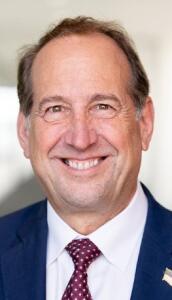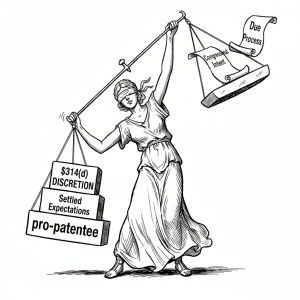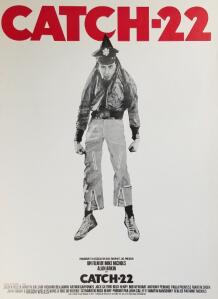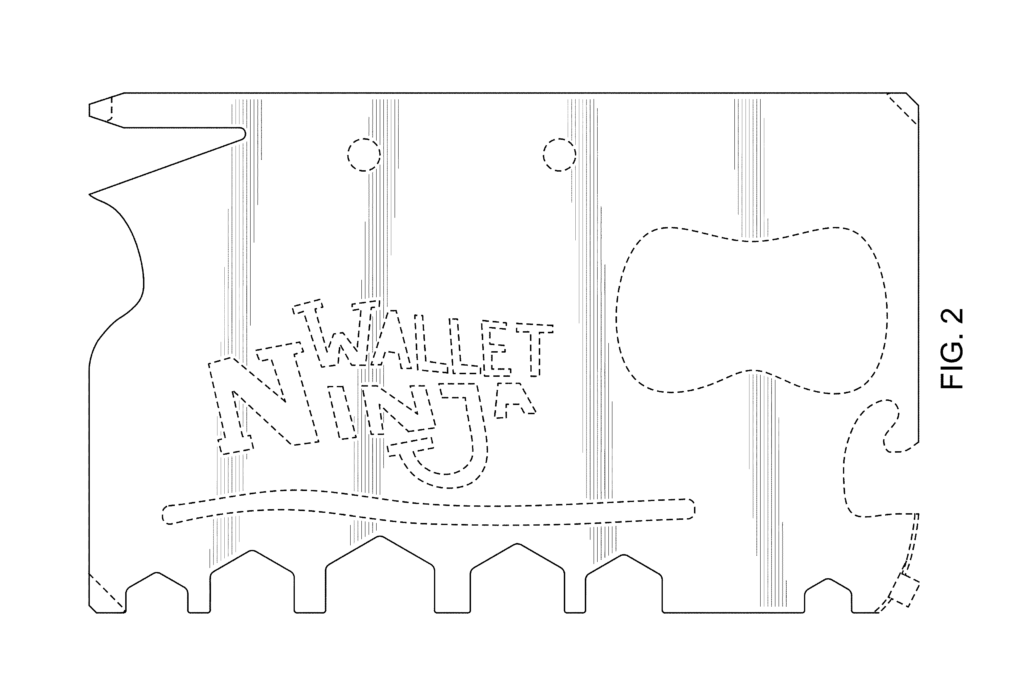Although the federal government shutdown appears ready to begin at 12:01 AM on October 1, 2025, the United States Patent and Trademark Office is likely to continue in normal operation by drawing on its Operating Reserve which the agency has been building up over the past several years. A prolonged shutdown would eventually exhaust the reserves and trigger an end to spending.
The constitutional foundation for shutdown protocols lies in the Appropriations Clause, which provides that "No Money shall be drawn from the Treasury, but in Consequence of Appropriations made by Law." U.S. Const. art. I, § 9, cl. 7. This clause requires congressional approval before executive agencies may spend federal funds. The Antideficiency Act, 31 U.S.C. § 1341 et seq., enforces this constitutional mandate by prohibiting agencies from creating obligations or making expenditures exceeding available appropriations. The Act contains limited exceptions for activities necessary to protect life or property, but routine government operations—including patent examination—do not qualify for these exceptions.
The Antideficiency Act, codified at 31 U.S.C. § 1341–1342, prohibits federal agencies from obligating or expending funds in advance of appropriations, with narrow exceptions for emergencies involving the safety of human life or protection of property. Violations carry criminal penalties. During appropriations lapses, agencies must furlough employees and suspend operations unless funds remain available from prior appropriations or mandatory spending authorities. Spending of the USPTO's Operating Reserve does not violate this prohibition because these funds were already appropriated in previous fiscal years under prior appropriations legislation. When the USPTO spends from its reserve during a lapse, it is drawing on money that Congress previously authorized for agency use—not creating new obligations without appropriations authority.The USPTO's Operating Reserve functions as a financial cushion that enables continued operations precisely because these funds were already appropriated in previous fiscal years. The reserve represents unspent balances from prior appropriations that the agency carried forward. When new appropriations lapse, the USPTO does not violate the Antideficiency Act by spending from this reserve because Congress previously authorized the use of these specific funds. This arrangement distinguishes the USPTO from agencies dependent on annual discretionary appropriations with no carryover authority.
To continue reading, become a Patently-O member. Already a member? Simply log in to access the full post.






